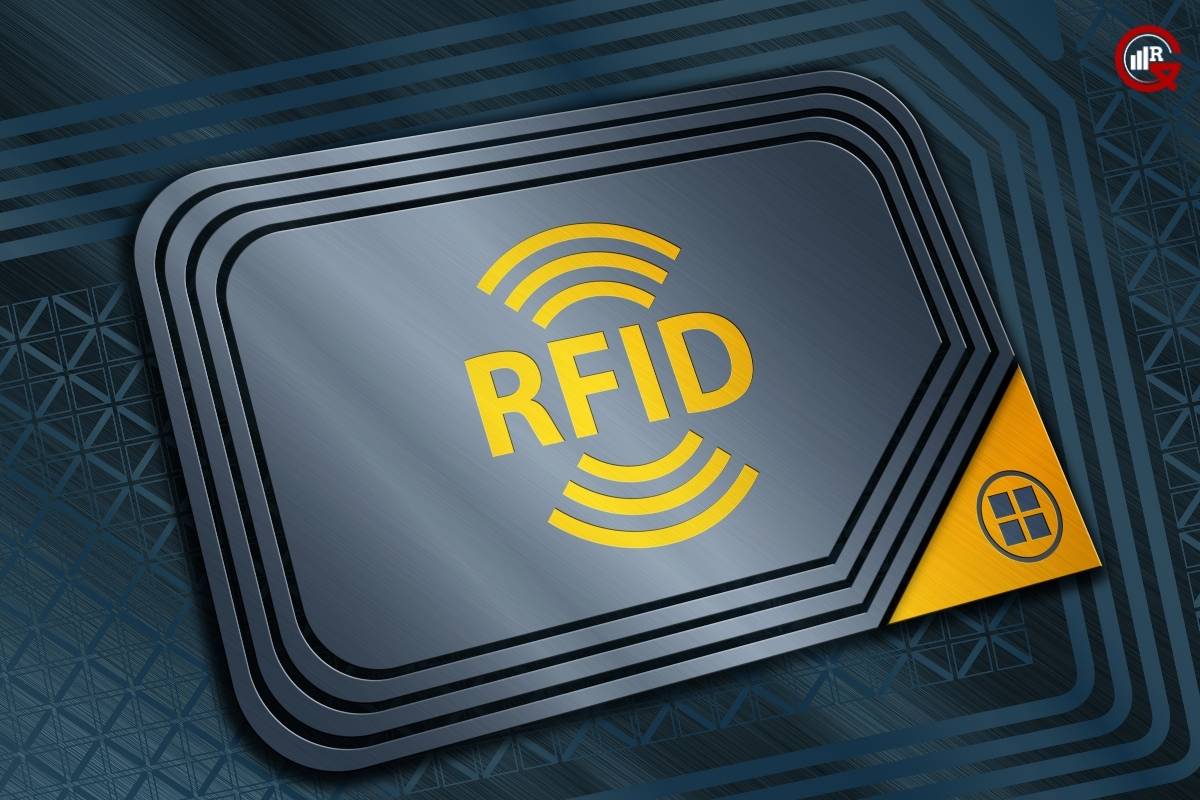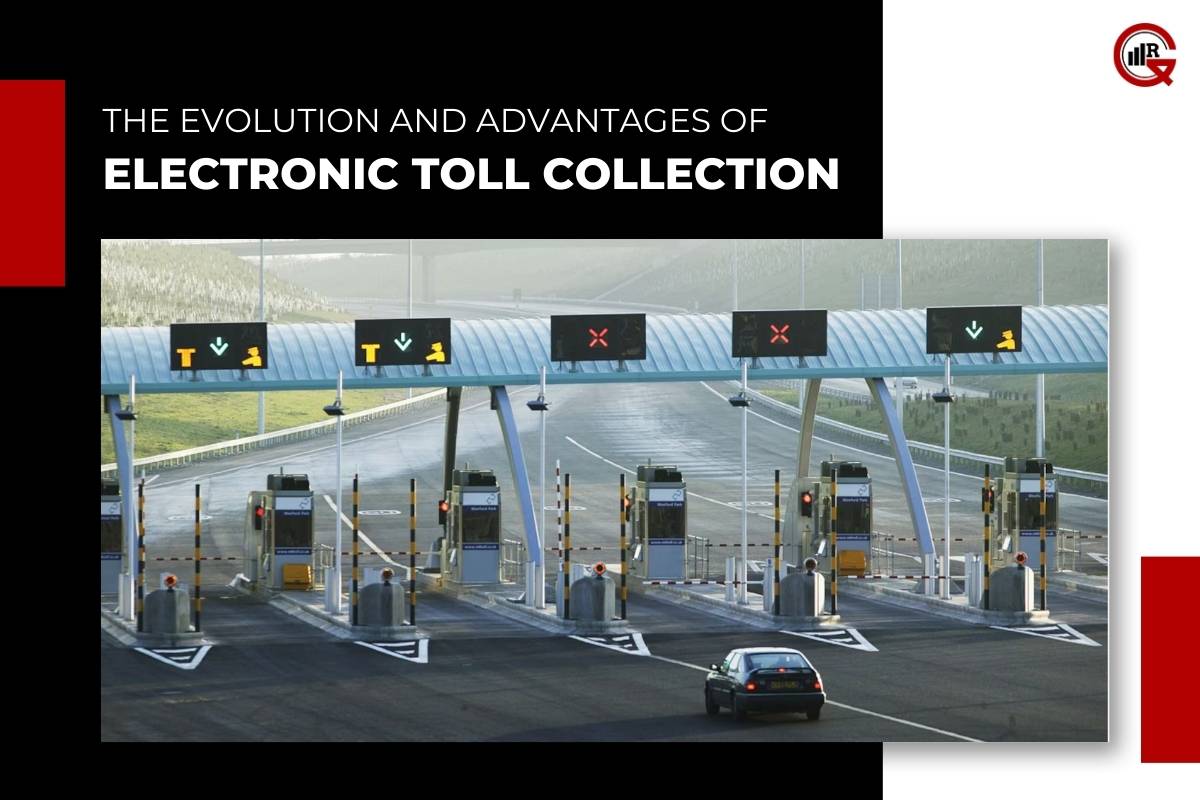In the realm of modern transportation, electronic toll collection (ETC) stands out as a transformative technology that has revolutionized the way tolls are collected on highways, bridges, and tunnels around the world. By leveraging electronic systems to automate toll transactions, ETC has streamlined traffic flow, reduced congestion, and improved overall efficiency in toll collection processes. In this article, we delve into the evolution, mechanics, benefits, and prospects of electronic toll collection.
Evolution of Electronic Toll Collection
The concept dates back to the mid-20th century, with early implementations utilizing simple mechanical devices such as toll gates and coin-operated machines. However, these manual toll-collection methods were time-consuming, prone to errors, and often led to traffic congestion, especially during peak hours.
The advent of electronic technologies in the latter half of the 20th century paved the way for more sophisticated toll collection systems. The introduction of magnetic stripe cards, radio-frequency identification (RFID) tags, and smart cards enabled the development of ETC systems capable of processing toll transactions automatically, without the need for cash or manual intervention.
The 1990s witnessed significant advancements in electronic toll collection with the introduction of dedicated short-range communication (DSRC) technology, which uses radio waves to transmit data between vehicles and toll collection infrastructure. DSRC-based systems, such as E-ZPass in the United States and Telepass in Europe, allowed drivers to pass through toll plazas seamlessly, with tolls deducted electronically from prepaid accounts or billed to registered vehicles.
Mechanics of Electronic Toll Collection
ETC systems typically consist of the following components:
Toll Collection Points: Toll collection points, also known as toll plazas or gantries, are equipped with electronic toll collection infrastructure, including antennas, readers, and sensors. These toll points are strategically located at entry and exit points of toll roads, bridges, or tunnels, where vehicles are required to pay tolls.
Transponders or RFID Tags: Vehicles participating in electronic toll collection programs are equipped with transponders or RFID tags affixed to the windshield or license plate. These devices contain unique identification codes that are transmitted to the toll collection system as the vehicle passes through toll plazas.

Communication Networks: ETC systems rely on communication networks, such as cellular networks or dedicated communication channels, to transmit data between toll collection points, vehicles, and backend systems. These networks facilitate real-time transaction processing, account management, and enforcement activities.
Backend Systems: Backend systems, operated by toll authorities or third-party service providers, manage ETC operations, including account management, payment processing, violation enforcement, and data analytics. These systems store transaction records, reconcile toll revenues, and generate reports for auditing and analysis purposes.
Customer Service Centers: Customer service centers provide support to ETC users, including account registration, account management, billing inquiries, and dispute resolution. These centers serve as points of contact for customers seeking assistance with their electronic toll-collection accounts.
Benefits of Electronic Toll Collection
Improved Traffic Flow: Electronic toll collection systems facilitate faster and smoother traffic flow by eliminating the need for vehicles to stop or slow down at toll plazas. This reduces congestion, minimizes travel time, and enhances overall roadway efficiency, especially during peak traffic periods.
Enhanced Convenience: ETC offers greater convenience to drivers by enabling seamless, hands-free toll payments. Drivers can pass through toll plazas at highway speeds without the hassle of searching for cash or waiting in line at toll booths.
Reduced Environmental Impact: By reducing vehicle idling and queuing at toll plazas, electronic toll collection helps decrease fuel consumption, greenhouse gas emissions, and air pollution. This contributes to environmental sustainability and promotes cleaner, more efficient transportation systems.

Enhanced Safety: ETC systems enhance safety on roadways by reducing the risk of rear-end collisions, fender-benders, and accidents caused by sudden stops or lane changes at toll booths. By maintaining a steady flow of traffic, ETC helps mitigate congestion-related hazards and improves overall road safety.
Cost Savings: ETC offers cost savings for both toll authorities and drivers. By automating toll collection processes, ETC reduces the need for toll booth operators, manual toll collection equipment, and associated administrative expenses. Drivers also benefit from reduced fuel costs and travel time savings associated with smoother traffic flow.
Future Prospects and Innovations
As technology continues to evolve, ETC systems are poised for further advancements and innovations. Some emerging trends and developments in the field include:
Mobile Payment Solutions: The rise of mobile payment technologies, such as smartphone apps and mobile wallets, is transforming ETC by offering alternative payment options for tolls. Drivers can use their smartphones to pay tolls, manage accounts, and receive real-time notifications about toll transactions.
Interoperability and Multi-Agency Cooperation: Efforts to enhance interoperability and cooperation among different tolling agencies and jurisdictions are underway to create seamless travel experiences for drivers. Initiatives such as interoperable tolling agreements, universal toll transponders, and integrated tolling networks aim to eliminate barriers and streamline toll collection processes across regional and national borders.
Dynamic Pricing and Congestion Management: Dynamic pricing strategies, based on real-time traffic conditions, demand patterns, and congestion levels, are being implemented to optimize toll revenues and manage traffic flow. Variable toll rates, congestion pricing schemes, and high-occupancy toll (HOT) lanes help incentivize behavior changes, reduce congestion, and improve roadway efficiency.
Connected Vehicle Technologies: The integration of connected vehicle technologies, such as vehicle-to-infrastructure (V2I) and vehicle-to-vehicle (V2V) communication, holds promise for enhancing ETC systems. Connected vehicles can communicate with toll collection infrastructure to provide real-time traffic data, navigation assistance, and toll payment capabilities, improving overall transportation efficiency and safety.
Data Analytics and Predictive Modeling: Advanced data analytics and predictive modeling techniques are being used to analyze toll transaction data, identify traffic patterns, and predict future demand for toll roads. This data-driven approach enables toll authorities to optimize tolling strategies, allocate resources effectively, and improve customer satisfaction.

Conclusion: Driving Toward a Smarter Transportation Future
In conclusion, electronic toll collection has transformed the way tolls are collected, managed, and processed on roadways worldwide. By leveraging electronic technologies, communication networks, and backend systems, ETC systems offer numerous benefits, including improved traffic flow, enhanced convenience, reduced environmental impact, and cost savings for both toll authorities and drivers.
As technology continues to advance and transportation systems evolve, ETC will play an increasingly important role in shaping the future of mobility. By embracing innovation, collaboration, and customer-centric approaches, we can drive toward a smarter, more efficient transportation future that benefits individuals, communities, and societies as a whole. Electronic toll collection is not just about collecting tolls—it’s about transforming the way we move, connect, and thrive in an ever-changing world.






